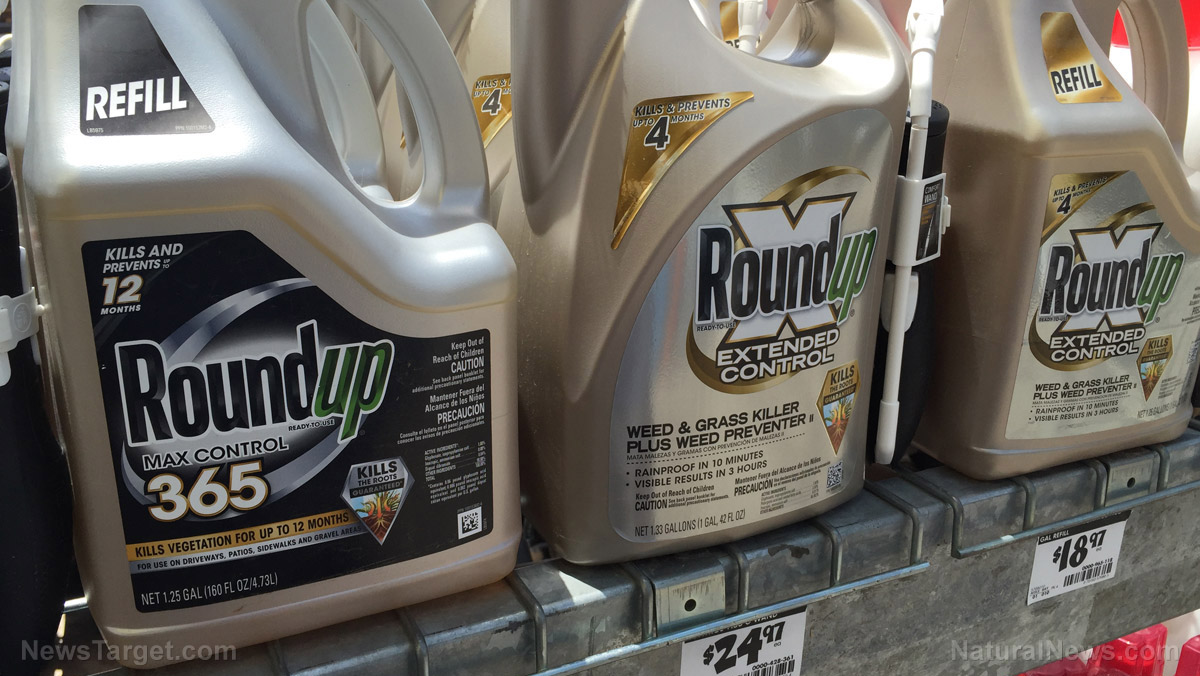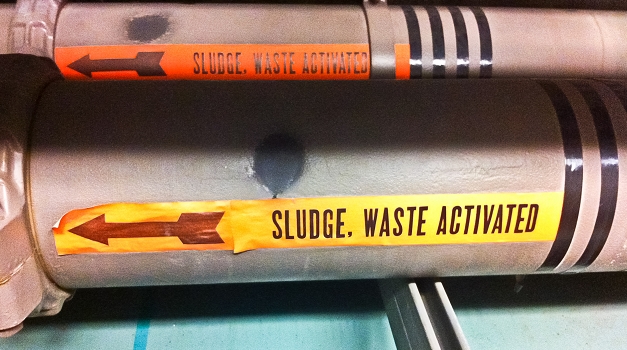EWG analysis reveals 800,000 residents in Kentucky are exposed to TOXIC “forever chemicals” in their drinking water
11/02/2020 / By Cassie B.

Drinking tap water is questionable no matter where you live, but if you’re in Kentucky, you need to be especially vigilant. That’s because an analysis by the Environmental Working Group found toxic perfluorinated chemicals (PFAS) in the drinking water sources of 800,000 of the state’s residents.
According to tests that were carried out from 2012 to 2017 by utilities in the Mount Washington, Lebanon Junction and Louisville areas, the PFAS compound PFOA was detected at 5 parts per trillion (ppt). This is five times greater than the level of 1 ppt that independent experts and EWG scientists say is safe.
PFAS chemicals like PFOA are among the most persistent environmental contaminants you can find. PFAS chemicals were once produced en masse at the DuPont chemical facility in Parkersburg, West Virginia, for use in Teflon cookware and other products. These chemicals can also be found in firefighting foam, food packaging, paint and cleaning products.
These chemicals originally became popular because they are able to resist heat, water, grease and oil. Unfortunately, it appears that it is impossible for nature to break them down.
Exposure to PFOA chemicals has been linked to liver, kidney and testicular cancer, among other health problems. Because it does not break down in the environment, it can now be found in the blood of nearly everyone in America, including newborn babies.
It is believed that the contamination of PFAS found in the Kentucky utilities comes from the Chemours Washington Works Plant on the Ohio River. Originally owned by Dupont, it started making PFOA for Teflon back in the 1950s. Dupont settled a class action lawsuit to the tune of $343 million over PFOA-contaminated drinking water in 2004.
Half of Kentucky’s drinking water systems contaminated by PFAS
Meanwhile, WFPL reports that half of the public drinking water systems that were tested in a report from the Kentucky Energy and Environment Cabinet showed evidence of PFAS contamination. The highest levels, not surprisingly, were found in drinking water systems whose sources are the Ohio River thanks to all the industry near the waterway. While many of the concentrations they found were below those set by the Environmental Protection Agency, it is important to note that those limits are outdated and under review, with many states calling for them to be set significantly lower.
Moreover, although the contamination is sometimes found in amounts that sound rather small, the fact that they stick around forever and accumulate is what makes them so dangerous.
The Commissioner of the state’s Department of Environmental Protection, Tony Hatton, said: “As an emerging contaminant, PFAS contamination is becoming more of an issue. And owing to the fact that it’s currently unregulated, doesn’t mean it might not be an issue for the public.”
All told, the Kentucky scientists found PFAS in 41 of the 81 samples from water treatment plants that they tested. These plants together serve half of the state’s population. Kentucky does not have any discharge limits for PFAS into watersheds such as the Ohio River, nor do they have reporting requirements in place for PFAS compounds.
How does your tap water stack up?
Unfortunately, even if you don’t live in Kentucky, that doesn’t mean you’re out of the woods. In fact, there is a surprising amount of hazardous contaminants in drinking water sources across the nation. If you’re curious how your own utility’s water measures up, you can head over to the Environmental Working Group’s Online Tap Water Database to find out.
The database was built after analyzing the quality of drinking water using 32 million state water records. You can enter your zip code to find your local utility and see which contaminants were detected and in what amounts. You can also learn how to filter these contaminants out and get in touch with local officials to ask them to take action. PFOAs are called forever chemicals for a reason, and no one should be drinking them.
Sources for this article include:
Submit a correction >>
Tagged Under:
clean water, drinking water, environment, EWG, forever chemicals, Kentucky, PFAS, PFOA, poison, tap water, toxic chemicals, Water contamination, water health, Water safety, water supply
This article may contain statements that reflect the opinion of the author
RECENT NEWS & ARTICLES
EPA.News is a fact-based public education website published by EPA News Features, LLC.
All content copyright © 2018 by EPA News Features, LLC.
Contact Us with Tips or Corrections
All trademarks, registered trademarks and servicemarks mentioned on this site are the property of their respective owners.





















